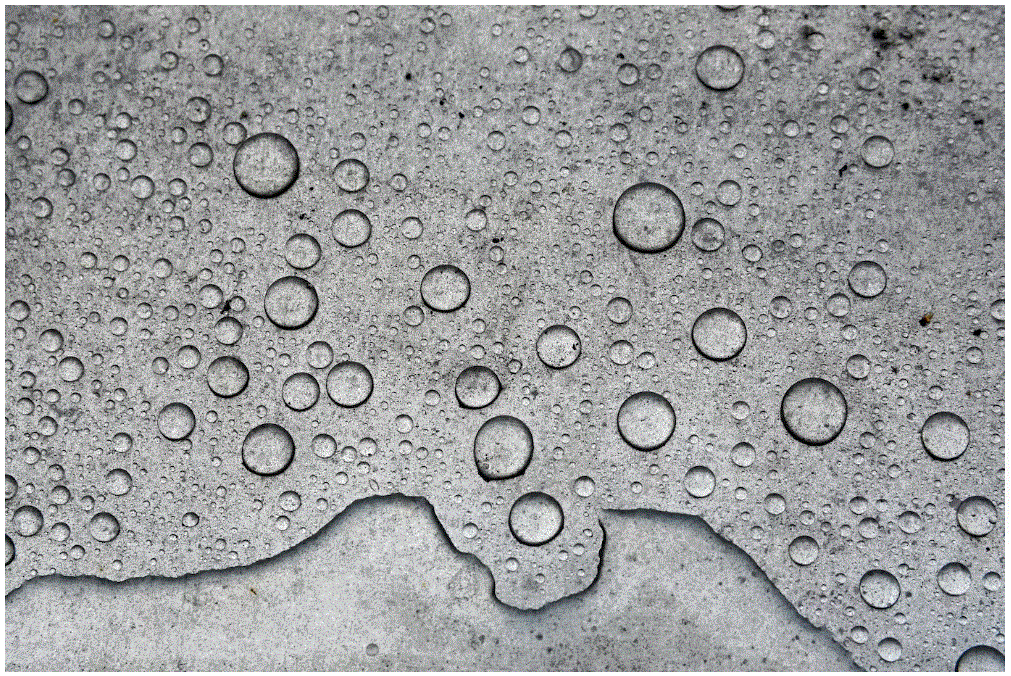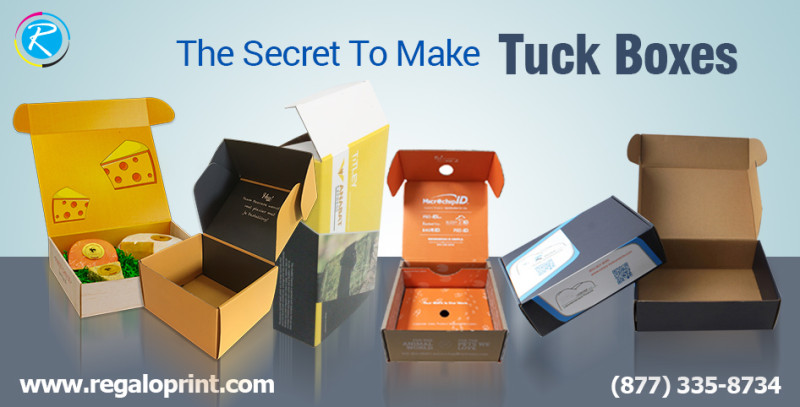Waterproofing is a critical process in construction and renovation that ensures protection against water damage. Whether you’re working on a new build or renovating an existing space, understanding waterproofing and the role of tile glue is essential for achieving a durable and long-lasting result. This guide will provide an in-depth look into water proofing techniques and the importance of tile glue in maintaining a waterproof barrier.
Understanding Waterproofing
Waterproofing is the process of making an object or structure resistant to the ingress of water. It is crucial in areas prone to moisture exposure, such as bathrooms, kitchens, and basements. Proper waterproofing prevents water damage, which can lead to mold growth, structural deterioration, and costly repairs.
-
Types of Waterproofing Systems
a. Membrane Waterproofing: This system involves applying a thin, flexible membrane to surfaces to prevent water penetration. Membranes can be made from various materials, including bitumen, PVC, and rubber. They are particularly effective for flat roofs and below-grade applications.
b. Liquid Waterproofing: Liquid waterproofing involves applying a liquid coating to surfaces, which forms a seamless, waterproof layer once dried. This method is suitable for irregular surfaces and areas with complex shapes, such as balconies and terraces.
c. Cementitious Waterproofing: This type uses a cement-based mixture to create a waterproof barrier. Cementitious waterproofing is often used in areas with high water exposure, such as swimming pools and water tanks. It is easy to apply and adheres well to concrete surfaces.
-
Benefits of Waterproofing
a. Prevents Water Damage: Proper waterproofing prevents water from seeping into walls, floors, and foundations, thereby reducing the risk of damage to structural components.
b. Reduces Mold Growth: By keeping moisture out, waterproofing helps prevent mold and mildew growth, which can cause health issues and unpleasant odors.
c. Enhances Durability: Waterproofing increases the longevity of building materials and finishes by protecting them from the damaging effects of water.
-
Common Waterproofing Applications
a. Basements and Foundations: Waterproofing basements and foundations is essential to prevent water infiltration from the ground. This can be achieved through exterior waterproofing membranes or interior sealants.
b. Bathrooms and Wet Areas: Areas with high moisture levels, such as bathrooms and laundry rooms, require effective waterproofing to prevent leaks and water damage.
c. Roofs and Balconies: Roofs and balconies are exposed to the elements and require robust waterproofing systems to prevent water ingress and ensure structural integrity.
The Role of Tile Glue in Waterproofing
Tile glue, also known as tile adhesive, plays a crucial role in the waterproofing process, particularly when installing tiles in wet areas. Using the right tile glue ensures that tiles remain securely attached to surfaces and that water does not seep behind them.
-
Types of Tile Glue
a. Thin-set Mortar: Thin-set mortar is a common tile adhesive used for both wall and floor installations. It is suitable for various types of tiles, including ceramic, porcelain, and natural stone. Thin-set mortar is available in different formulations, such as unmodified and modified, depending on the application.
b. Mastic Adhesive: Mastic adhesive is a pre-mixed, ready-to-use adhesive ideal for wall tile installations in dry to moderately wet areas. It is not recommended for floors or areas with high moisture exposure.
c. Epoxy Adhesive: Epoxy adhesive is a high-performance tile glue that provides excellent adhesion and water resistance. It is suitable for areas with extreme moisture conditions, such as swimming pools and commercial kitchens.
-
Importance of Proper Tile Adhesion
a. Prevents Water Damage: Proper tile adhesion ensures that tiles remain securely attached to the substrate, preventing water from seeping behind them. This is particularly important in areas like showers and kitchens, where water exposure is frequent.
b. Reduces Tile Movement: A strong adhesive bond helps prevent tile movement, which can lead to grout cracking and water infiltration. Ensuring that tiles are firmly attached enhances the overall durability of the tiled surface.
c. Ensures Longevity: High-quality tile glue contributes to the longevity of tile installations by providing a stable and waterproof bond. This reduces the need for repairs and replacements over time.
-
Application Tips for Tile Glue
a. Surface Preparation: Before applying tile glue, ensure that the surface is clean, dry, and free of any debris or contaminants. Proper surface preparation enhances the adhesion of the tile glue.
b. Mixing and Application: Follow the manufacturer’s instructions for mixing and applying tile glue. Use a notched trowel to spread the adhesive evenly and ensure good coverage on the substrate.
c. Tile Placement: Press tiles firmly into the adhesive and use a tile spacer to maintain even grout lines. Allow the adhesive to set according to the manufacturer’s recommendations before grouting.
Combining Waterproofing and Tile Glue for Optimal Results
When waterproofing and tiling, it is essential to integrate both processes to achieve the best results. Here are some tips for combining waterproofing and tile glue effectively:
-
Use Compatible Products: Ensure that the waterproofing membrane and tile glue are compatible with each other. Some waterproofing systems may require specific types of adhesives, so always check the manufacturer’s guidelines.
-
Apply Waterproofing First: Apply the waterproofing system to the substrate before installing tiles. This creates a protective barrier that prevents water from reaching the underlying structure.
-
Allow Proper Curing Time: Allow sufficient time for the waterproofing membrane to cure before applying tile glue. This ensures that the waterproofing layer is fully effective and prevents potential issues with adhesion.
-
Inspect for Leaks: After tiling, inspect the installation for any signs of leaks or water infiltration. Address any issues promptly to maintain the effectiveness of the waterproofing system.
Conclusion
Waterproofing is a vital aspect of construction and renovation that protects buildings from water damage and enhances their longevity. Tile glue plays a crucial role in maintaining a waterproof barrier by ensuring that tiles remain securely attached to surfaces. By understanding the different waterproofing systems and the importance of tile glue, you can achieve a durable and effective waterproofing solution for your project. Whether you are tackling a new build or a renovation, combining these elements will help you create a space that is both functional and resilient against water damage.




